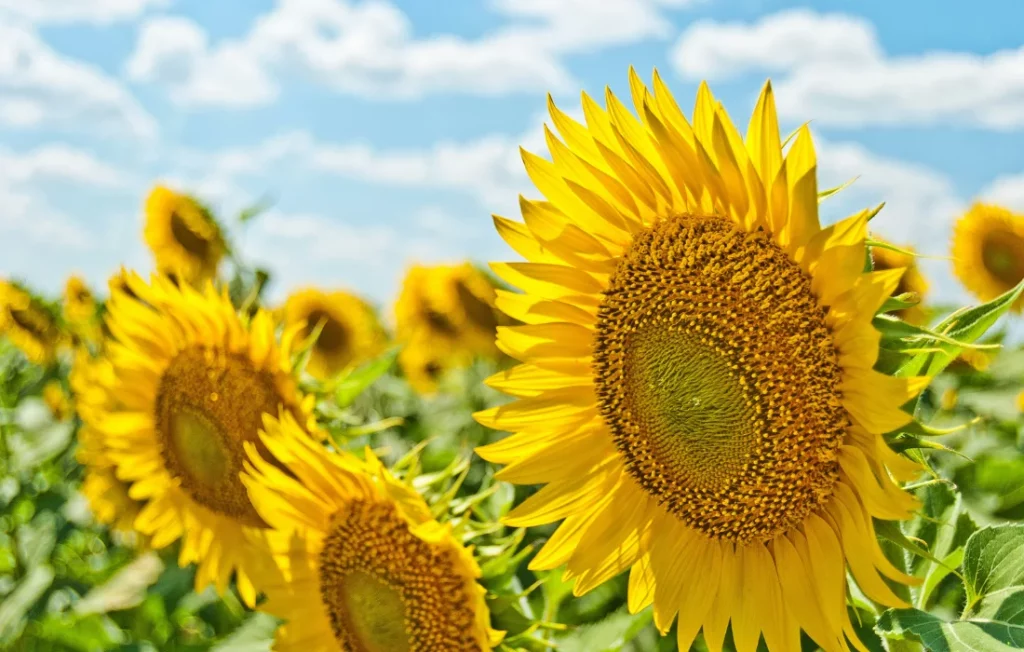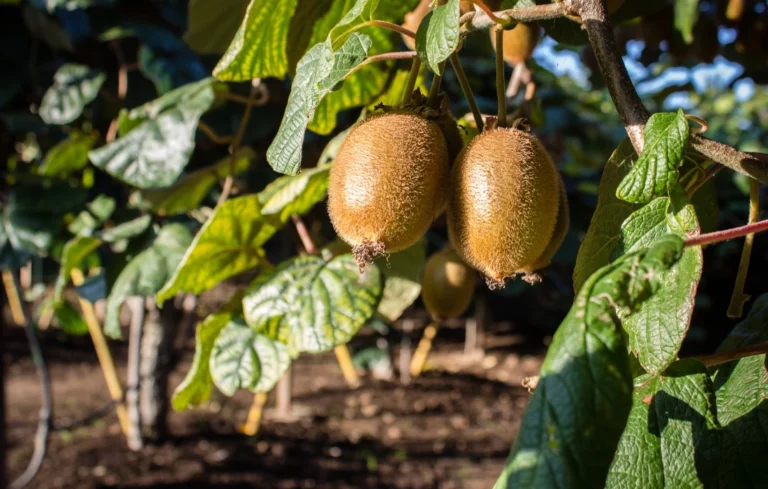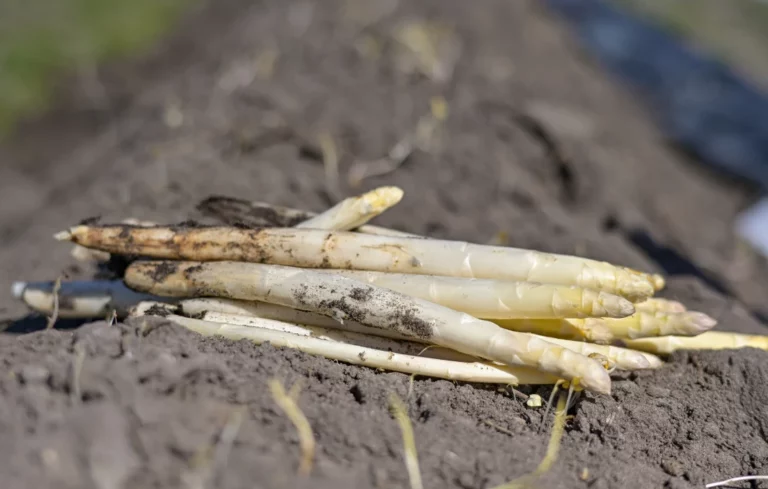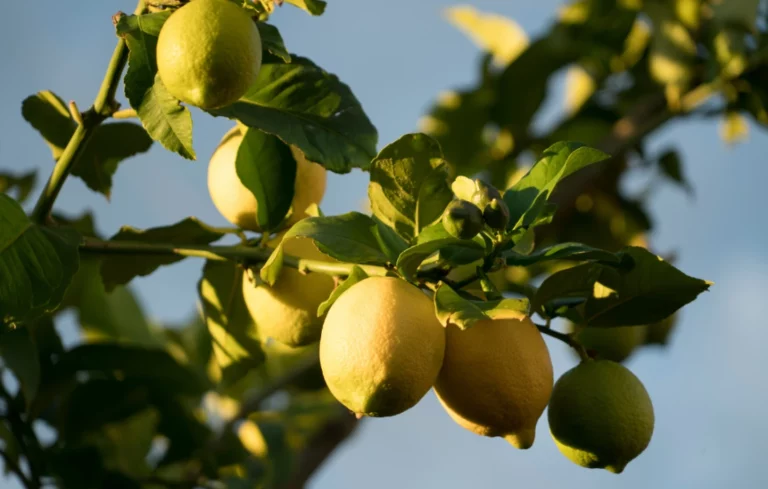Sunflowers, a strategic crop for oil and animal feed, can be weakened by numerous diseases. These pathologies, whether fungal, bacterial, or viral, affect both yield and harvest quality. But how can you quickly identify the symptoms? Agrobiotop invites you to discover the main sunflower diseases and provides natural solutions for effective control.
Sunflower downy mildew
Sunflower downy mildew can cause almost total crop loss during severe attacks. Affected plants exhibit marked dwarfism: shortened internodes, stunted growth.
The leaf symptoms are characteristic: chlorotic spots develop along the main veins. On the underside, a white felting betrays the presence of the fungus’ fruiting bodies.
Contamination occurs in two ways. Primary root infections cause damping-off if they occur very early. Secondary infections, before the 2- to 4-leaf stage, cause typical dwarfing. Later, the attacks remain visible, but dwarfing only affects the infected part of the plant. The intensity of losses is directly related to the rate of infected seedlings.
Downy mildew exhibits great genetic variability: nine races have been identified in France, with several sometimes present in the same plot. This constant evolution makes protection difficult.
Management methods:
- Choose varieties with good tolerance, even if none are completely resistant.
- Extend rotations to limit the inoculum present in the soil.
Sunflower Phomopsis
Phomopsis, caused by Phomopsis helianthi , is one of the major sunflower diseases worldwide. It affects all aerial organs of the plant.
On leaves, the dark brown, triangular spots, edged with yellow, progress towards the center along the veins. On the stem, the disease causes reddish-brown lesions at the point of insertion of the petiole. These spots can completely encircle the stem, causing scalding of the flower head and sometimes breakage. The flower head itself has small brown spots on the bracts that can spread, causing premature drying.
The fungal cycle is well established: it overwinters in crop residues in the form of perithecia. In spring, from 10°C and in humid weather, ascospores are released and disseminated by rain and wind, triggering primary infections. Secondary infections are due to conidia produced by stem lesions. High temperatures combined with high humidity promote epidemics.
Management methods:
- Avoid sowing too early, as it is more exposed.
- Adapt fertilization, in particular limit excess nitrogen.
- Reduce densities to improve canopy aeration.
- Crush and bury crop residues to reduce the source of inoculum.
Sunflower phoma
Phoma is common in sunflowers and can cause heavy losses. Early attacks on the crown and root system cause premature drying of the plants, two to three weeks before maturity. In severe cases, yield losses reach 30 to 50%.
The first signs appear as small black lesions along the veins. On leaves and stems, the black spots remain visible but are generally less damaging than those observed at the collar.
The severity of the disease depends on the precocity of the infection: the earlier the attack occurs, the greater the impact on yield.
Need a natural solution for sunflower disease?
Sunflower sclerotinia
Sclerotinia is one of the most feared sunflower diseases. Yield losses are particularly significant when the infection affects the flower head. The fungus has a strong survival capacity thanks to its sclerotia, black structures capable of remaining viable for several years in the soil.
The disease can affect different organs: collar, leaves, stems, flower bud and flower head. On leaves, we observe beige to light gray necrosis, wet, progressing rapidly on the blade and the veins. The necrosis then reaches the petiole, then the stem. In humid conditions, a white mycelium develops, accompanied by the formation of black sclerotia. On flower head, the damage is significant and sometimes confused with that of phomopsis.
Sunflower botrytis ( Botrytis cinerea )
Botrytis causes gray mold in sunflowers. The most common symptoms are a gray, visible growth on the flower heads and stems. This fungus thrives in humid conditions and temperatures around 18°C to develop rapidly.
Flower head attacks compromise seed quality and can increase susceptibility to other pathogens. In plots with high humidity or dense vegetation, the risks are amplified.
Sunflower Verticillium
Verticillium wilt manifests itself through foliar symptoms. Small yellow spots appear first, developing into intense chlorosis between the veins. These then turn into brown necrosis with a yellow border. The disease progresses from the bottom to the top of the plant, often at the time of flowering, sometimes as early as the bud stage.
The stems show necrotic bands that gradually darken. White streaks become visible, while the pith remains intact, a distinctive sign compared to other vascular diseases. The flower heads are reduced in diameter, with a limited number of seeds and a weakened thousand-grain weight. The roots are also affected, showing reduced volume and blackening.
Favorable factors:
- Moderate temperatures combined with high humidity.
- Deep soils maintaining a high water level.
Means of control:
- Use tolerant varieties.
- Extend rotations to reduce inoculum.
- Limit the frequency of sensitive crops in the succession.
- Eliminate weeds that could serve as hosts for the fungus.
White rust of sunflower
White rust, caused by Albugo tragopogonis , mainly affects Asteraceae. It develops especially in cold and humid weather.
The first symptoms appear on the leaves, with greenish-yellow, raised spots located mainly at the apex. On the underside, blisters form and reveal creamy-white crusts. On petioles, stems and bracts, superficial glaucous green spots, sometimes oily, are observed.
Management methods:
- Before planting: extend rotations and favor healthy seeds.
- After cultivation: destroy residues to limit the survival of the inoculum.
Alternaria of sunflower
Alternaria leaf spot, caused by Alternaria helianthi , is common in warm, humid regions. It develops between 24 and 27°C, with alternating rain and drying conditions favoring the dispersal of spores.
Symptoms appear from the flower bud stage. Small brown to black spots form on the leaves, often bordered by a yellow halo. They are located on or between the veins, mainly on the lower leaves. When the spots join together, the leaf may have a burnt appearance. Their surface sometimes shows concentric circles, a typical sign of early blight. On young leaves, a marked yellowing surrounds the lesions.
On petioles and stems, we observe elongated, brown or black, striated and elliptical spots. The flower heads are not spared: circular brown spots, slightly sunken, appear on the non-flowering side.
Management methods:
- Before planting: use healthy seeds and practice long rotations to reduce fungal pressure.
- After cultivation: grind and bury the residues to limit the persistence of the inoculum.
Agrobiotop solutions against sunflower diseases
Soil aeration
This action is very important because it plays a key and direct role in diseases.
Treatment against sunflower diseases (Physical barrier)
- CHITOPROTECT
- BENTOBIO (sodium bentonic clay)
In association with CHITOPROTECT :
- Cereal crops: 1kg BENTOBIO + 1 L of CHITOPROTECT /ha /100 L of water
- Market gardening: 3 kg BENTOBIO + 1.5 L of CHITOPROTECT / ha / 300 L of water
In association with PNPP : 1kg of BENTOBIO/100L of water increases the effectiveness of macerations (biostimulant)
Combination with Copper-based preparations : Dose of 1kg of BENTOBIO/100L of water
Bentobio dilutes perfectly in water and does not cause abrasion of pump systems.
The doses indicated should be adapted according to needs and objectives.
Dusting : From 8 to 15 kg/ha
Biostimulants
- YAKADOP (Recommended dose: 5 liters/100 liters of water/hectare)
- YAKAPRO (Recommended dose: 5 to 10 liters / 100 liters of water / hectare)
Seed coating
For protection against soil-borne fungal diseases.
Recommended dose for 100 kg of seeds, multiply the doses according to the volume of seeds
100 ml CHITOPROTECT + 900 ml YAKASEM /100 kg of seeds.
Do not hesitate to contact us for more information.





